Hot Products
- Lavender Essential Oil
- Jasmine Essential Oil
- Rose Essential Oil
- Ylang Ylang Essential Oil
- Patchouli Essential Oil
- Sandalwood Essential Oil
- Helichrysum Essential Oil
- Neroli Essential Oil
- Chamomile Essential Oil
- Clary Sage Essential Oil
- Eucalyptus Essential Oil
- Lemon Essential Oil
- Lemongrass Essential Oil
- Orange Essential Oil
- Peppermint Essential Oil
- Rosemary Essential Oil
- Tea Tree Essential Oil

<< Home << Helichrysum Oil
Helichrysum Oil
Helichrysum Oil
You will find Helichrysum Italicum plant growing wild in areas around the Mediterranean. It can also be found in regions of high altitudes and a dry climate where there is a strong exposure to the sun.
| General Name: | Helichrysum Oil |
| Botanical Name: | Helichrysum Italicum |
| Method of Extraction: | Steam Distillation |
| Part of Plant Used: | Flowers |
| Origin: | Slovenia, India |
| Application: | • Helichrysum Oil is credited by aromatherapists as being effective for acne, bruises, boils, burns, cuts, dermatitis, eczema, irritated skin and wounds. • It is also said to support the body through post-viral fatigue and convalescence. |
| Strength of Aroma: | Medium |
| Color: | Pale yellow to reddish-yellow li |
| Blends Well With: | Chamomile, Lavender, Rose, Clary Sage, Peru Balsam, Clove and any of the oils from the citrus oil family. |
| Aromatic Scent: | Helichrysum Oil has a powerful scent that can be described as a rich and honey-sweet. It is both woody and fresh. |
| History: | The word Helichrysum is derived from two Greek words; Helios, which means the sun and chrysos which means gold. This refers the bright, golden color of the flowers which makes the Helichrysum easy to spot. Helichrysum has been used by the Greeks since ancient times and is renowned for its ability to heal. It was generally administered to wounded soldiers after battle. |
| Precautions: | Helichrysum Oil is non-toxic, non-irritating and non-sensitizing. Avoid use during pregnancy. |





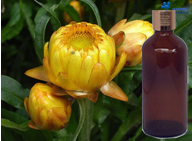

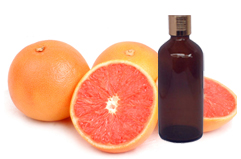
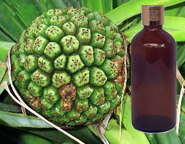
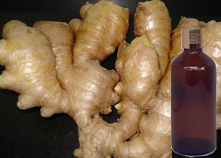
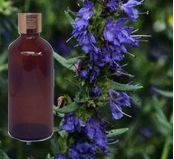

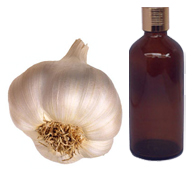
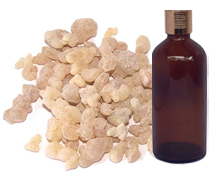
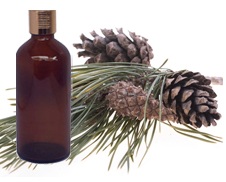
 E-mail:
E-mail:  MSN:
MSN: SKYPE:
SKYPE: